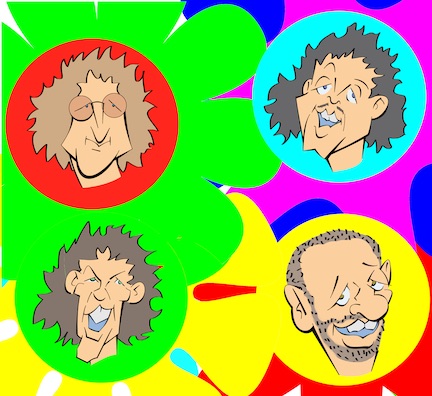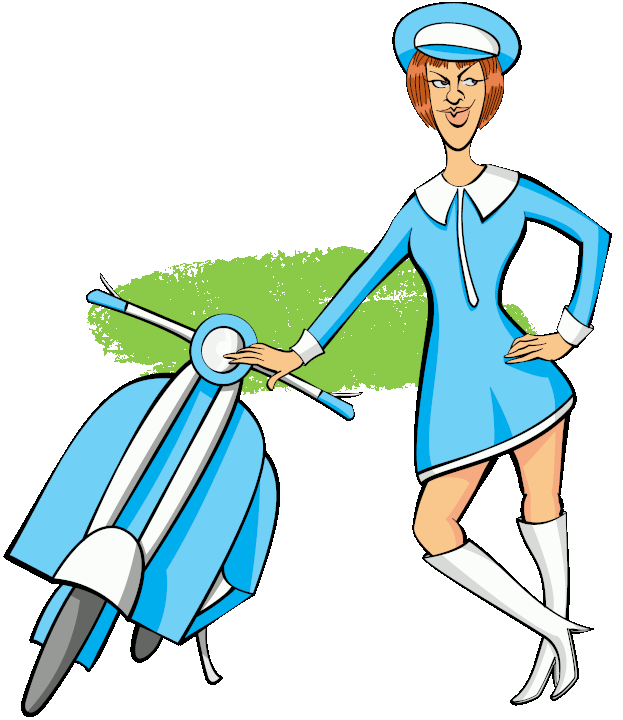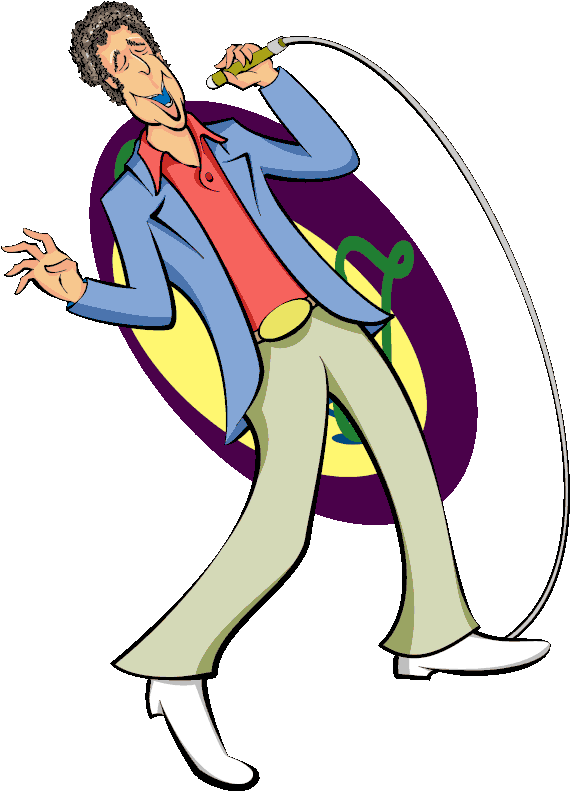Fans of the Fifties remember Don and Phil Everly as having some of the biggest hits of the decade: "Bye-Bye, Love", "Wake Up, Little Suzy", "All I Have To Do is Dream". These and other songs sold millions of copies and influenced musicians from their own contemporaries down to the present day.
But the Brothers also produced a dilemma for the parents which has never been satisfactorily resolved. That's because the Everly Brothers sang
(UGH)
! ROCK-AND-ROLL !
(UGH)
But it sounded good!
Is't possible? (To quote Shakespeare).1 How can rock and roll sound good?
Much Ado About Nothing, Act I, Scene I.
Julius Caear, Act IV, Scene III.
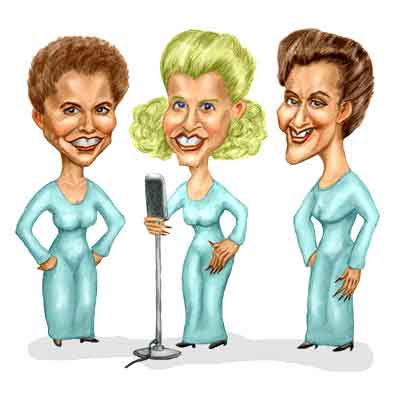
The Andrews
Maxene, Patty, and LaVerne
It's been pointed out that sibling singing groups - not just the Everly Brothers, but also the Bee Gees, the Andrews Sisters, the McGuire Sisters, the Carter Family (the sisters with their mom, Maybelle), the Kossoy Sisters (who are identical twins), the Delmore Brothers, the Lennon Sisters, the three Wilsons (Brian, Dennis, and Carl) who formed the Beach Boys, and yes, we must mention Donnie and Marie - have sung not only with close harmonies2 but with sounds that are particularly pleasing to the ear.
As to what "close harmony" is, it's defined as harmony where the chords are composed of notes that don't extend beyond an octave. For instance, the G-major chord written as  is close harmony, but the G-major chord written as
is close harmony, but the G-major chord written as  is "open".
is "open".
That there is a geniality of sibling sounds has been noted by musicologists. The psychology of family relationships may be important but the physical similarities of their vocal anatomy is apparently the real key. Sibling harmonies produce sound waves which combine to form particularly pronounced overtones. The result is a full sound that you rarely get in groups like the Brothers Four, the Righteous Brothers, or the Saliva Sisters, who although excellent singers, aren't really brothers or sisters.
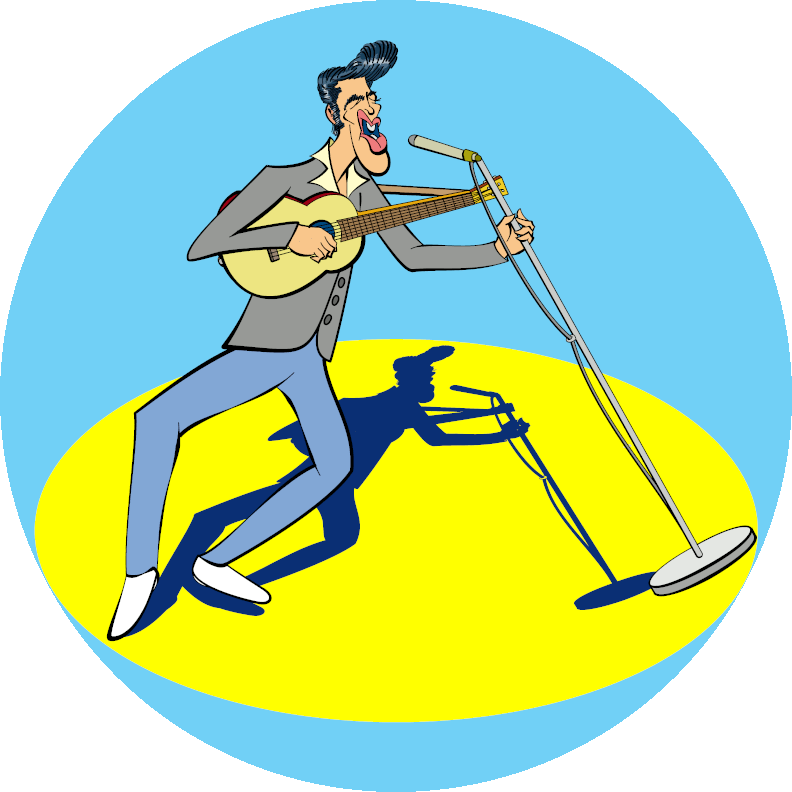
The Swiveler from Memphis
The parents found that criticizing the Everly Brothers was difficult not just because they sounded so good but because they looked so respectable. They wore coats and ties on stage3, and they just stood there and sang - not like the hip-swiveling of the former truck driver from Memphis whose gymnastic gyrations shocked! shocked! the nation.
They also wore trousers, of course.
Phil and Don enjoyed, if not meteoric, then certainly a quick rise to fame. Although their background began like that of Merle Travis - their dad, Ike, was a Kentucky coal miner - that changed fairly early on. Ike himself was a talented musician and he moved his family north and ended up hosting a radio show on KMA Radio Station in Shenandoah, Iowa. Naturally when his sons showed their talent early on, they became featured performers and by the time they were in their teens it's clear they had the wherewithal to be performers.
But it was a move back to the South that got them into the big time. In 1953 the family returned to Kentucky where the boys auditioned for a spot on the Cas Walker Farm and Home Hour on WORL in Knoxville. A year later they met country star Chet Atkins, who although not yet the recording industry titan he later became, had already developed considerable influence in Nashville's music scene. He also had admired Ike's playing and it wasn't long before Ike's sons had a recording contract.
Their first release was "Keep A-Lovin' Me" in 1956, which, alas, didn't chart. But their second single was "Bye-Bye Love" in 1957 (with "I Wonder If I Care as Much" on the flip side) and remains one of their best known songs. It hit #2 in the US Rock Charts and #1 on the Country Charts. The same year also saw "Wake Up, Little Suzy" (with "Maybe Tomorrow" as the B-side) which hit #1 in the US (in Rock, Country, and Rhythm and Blues) and #2 in the UK. The slightly titillating subject matter may have helped the song's popularity. The year was probably their best since "All I Have to Do Is Dream" also had the triple #1 US ranking but also hit #1 in Canada and the UK.
Ironically Don and Phil's biggest hit was three years after their annus mirabilis with a song that's not that well remembered today. In 1960, "Cathy's Clown" ended up as #1. It was written by Don, but no, neither Don nor Phil had written their earlier hits. Those were mostly penned by the wife-husband team Felice and Diadorius Bryant who also wrote "Rocky Top" which is a Country, yes Country standard.
Of course, within a few years the English invaded and everything changed. The piled-high coiffures were soon replaced with the long and brushed down if not always shaggy look (a style soon adopted by Don and Phil). However, like other rock and roll stars whose style didn't fit the era's increasingly raucous "music", Don and Phil switched to Country. In fact, given that their songs had routinely charted on the Country Charts anyway, it was a genre they never left.
The Brothers did tour in their early years but not as extensively as Elvis who in the mid-1950's might play a concert in the City Auditorium of Lubbock, Texas and the next day play in the High School Auditorium in West Monroe, Louisiana. Phil and Don preferred to work on studio albums where the atmosphere was relaxed, and they could simply sing what they wanted.
Although both brothers played guitar, they used back-up musicians to fill out the sound, and to simplify the logistics (and save money), they preferred to recruit local musicians. This produced some problems like the time they were appearing at a concert in Florida and were scheduled to appear after Jerry Lee Lewis who was always a tough act to follow. As they had no band of their own, the impresario supplied them with some musically inclined high school students. It was bad enough that the kids barely knew how to play, but their instrumentation was definitely not standard for rock and roll as it included a trombone and a tuba. Fortunately, their friend Buddy Holly was also on the ticket and he and his band, The Crickets, stepped in as adequate substitutes.
As the Swinging Sixties faded, "rock-and-roll" had become simply "rock" with its multiple subgroups and the boy-meets-girl songs were being replaced with songs of social import. The boys no longer crooned about their Earth Angel and the girls no longer lounged around their bedroom floors blubbering over J.Frank Wilson's "Last Kiss". Hair went down and skirts when up. Beards and mustaches sprouted everywhere and rock bands tried to outdo each other for the long and shaggy look.
Clean cut singers like Don and Phil saw their record sales drop off and by the early 70's, they had embarked on separate solo careers. They did well enough, but in the 1980's they began appearing together again and often performed on "nostalgia" tours with bands like Sha-Na-Na, the Beach Boys, Dion, Simon and Garfunkel, and even Paul Revere and the Raiders.
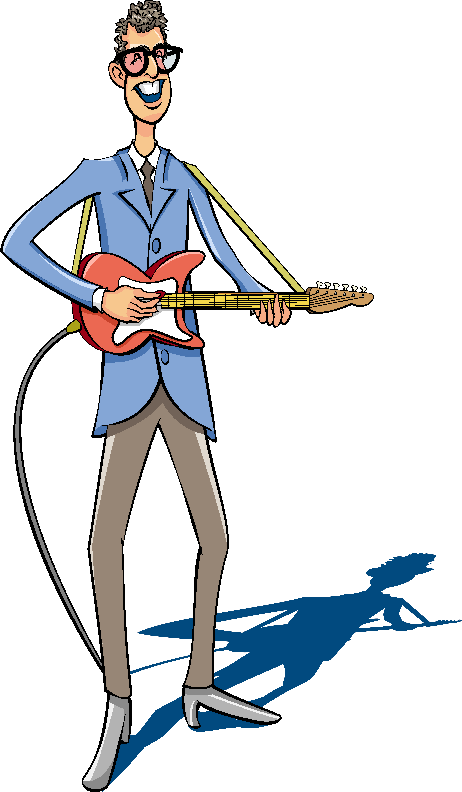
Buddy Holly
Did he get his money?
The brothers were known to be generous and Phil probably left one of the best tips ever. Once he and Buddy were having dinner with their wives in a restaurant and Phil realized he left his wallet at the hotel and couldn't pay the $8 bill. He whispered for Buddy to loan him ten dollars. Buddy slipped him a note and after they walked out Buddy asked for the change.
"I left it for a tip," Phil said.
"But Phil," Buddy exclaimed, "that was a $100 bill!"
We don't know if Buddy ever got his money.
References and Further Reading
The Everly Brothers: Walk Right Back, Roger White, Plexus Publishing, 1998.
Ike's Boys: The Story of the Everly Brothers, Phyllis Karp, Rock and Roll Remembrance Series, Perian Press, 1988.
"The Everly Brothers: 12 Essential Tracks", Patrick Doyle, Rolling Stone, August 21, 2021.
"All of The Everly Brothers' Top 10 U.S. Hits", Jamie Burton, Newsweek, August 23, 2021.
"Sibling Harmony: Family Members Often Have Tight Vocal Harmony", Jerry Johnston, Deseret News, June 10, 1999.
"Everly Brothers", Billboard.
"Everly Brothers", Official Charts.
"Everly Brothers Discography", Discogs.
"Everly Brothers", Concert Archives.
Return to CooperToons Caricatures
Return to CooperToons Homepage


